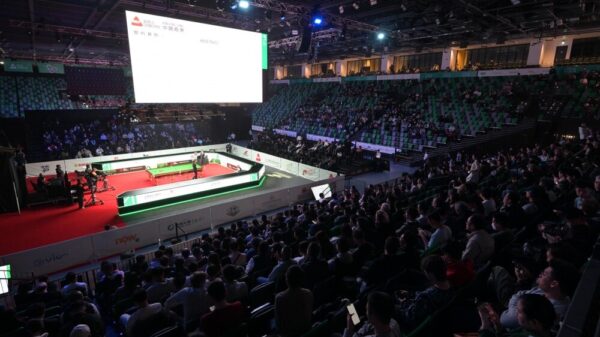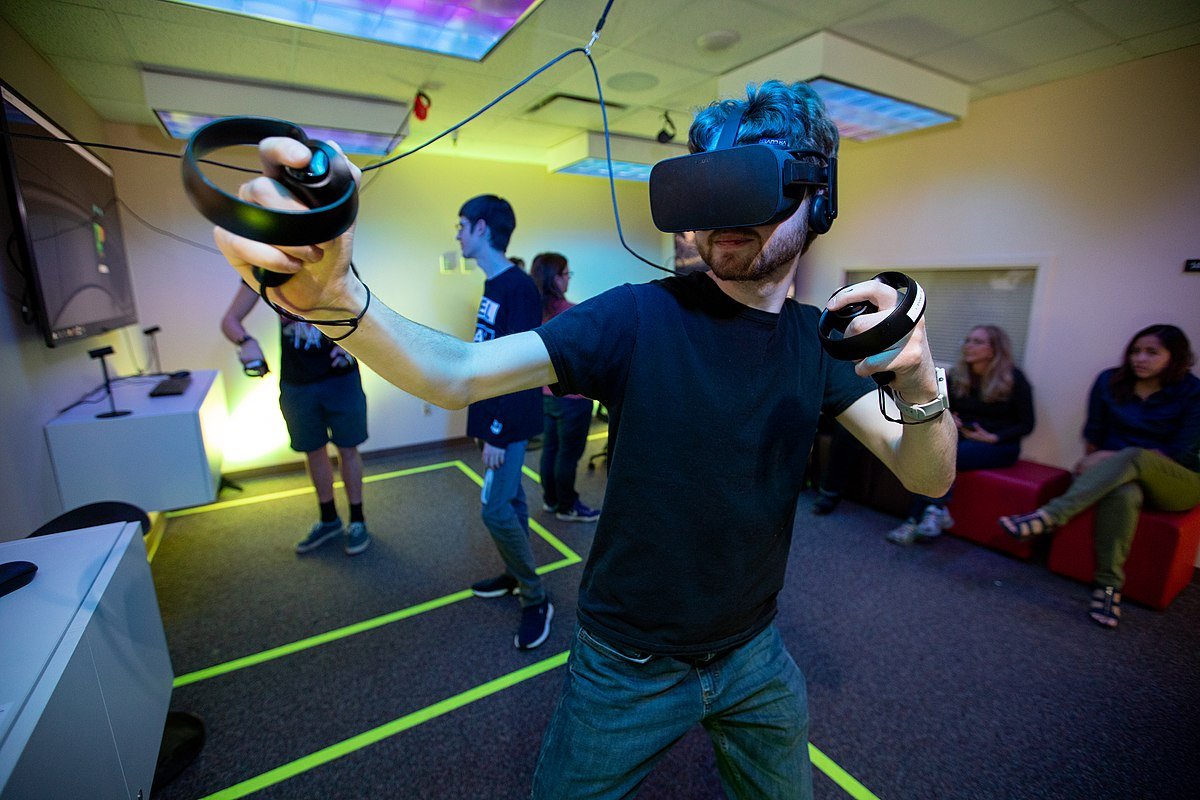The Evolution of Interactive Entertainment
Interactive entertainment has come a long way since the early days of Pong and Space Invaders. With advancements in technology, gaming has transformed into a multi-billion-dollar industry that continues to captivate audiences of all ages. The introduction of virtual reality (VR) has taken the gaming experience to a whole new level, immersing players in virtual worlds that blur the line between fantasy and reality.
The Rise of Gaming
Gaming has become a mainstream form of entertainment, with millions of people around the world spending hours immersed in virtual worlds. From console gaming to mobile gaming, the options are endless. The gaming industry has seen a significant rise in popularity, with games like Fortnite and Minecraft becoming global sensations.
One of the reasons for the success of gaming is its ability to provide a sense of escapism. Players can step into the shoes of a hero, explore vast open worlds, and engage in thrilling adventures. The interactive nature of gaming allows players to make choices and shape the outcome of the game, providing a level of engagement that other forms of entertainment may lack.
The Emergence of Virtual Reality
Virtual reality has taken gaming to new heights, allowing players to fully immerse themselves in virtual environments. With the help of VR headsets, players can step into a virtual world and interact with their surroundings in ways that were previously unimaginable. Whether it’s exploring ancient ruins, battling aliens, or solving puzzles, VR gaming offers an unparalleled level of immersion and interactivity.
VR technology has also found applications beyond gaming. It is being used in fields such as education, healthcare, and architecture to provide realistic simulations and training experiences. Virtual reality has the potential to revolutionize various industries and change the way we learn, work, and interact with the world around us.
The Future of Interactive Entertainment
The future of interactive entertainment looks promising, with advancements in technology opening up new possibilities. As technology continues to improve, VR gaming is expected to become more accessible and affordable, allowing a wider audience to experience the magic of virtual reality.
Furthermore, the integration of augmented reality (AR) into gaming is another exciting development. AR overlays virtual elements onto the real world, creating a mixed reality experience. This technology has the potential to transform our everyday lives, blurring the boundaries between the physical and digital realms.
As the gaming industry continues to evolve, it is essential to consider the impact on individuals and society as a whole. While gaming and virtual reality offer incredible experiences, it is crucial to maintain a healthy balance between virtual and real-life interactions. Moderation and responsible use of technology are key to ensuring that interactive entertainment remains a positive and enriching experience.
Conclusion
Interactive entertainment, through gaming and virtual reality, has revolutionized the way we experience and engage with entertainment. The evolution of technology has brought us to a point where we can step into virtual worlds and explore new possibilities. Whether it’s through console gaming, mobile gaming, or VR experiences, interactive entertainment continues to captivate audiences and push the boundaries of what is possible.
As we look to the future, it is exciting to imagine the advancements that await us in the world of interactive entertainment. From improved VR experiences to the integration of AR, the possibilities are endless. However, it is crucial to approach these advancements with a sense of responsibility, ensuring that interactive entertainment remains a positive and balanced part of our lives.

































